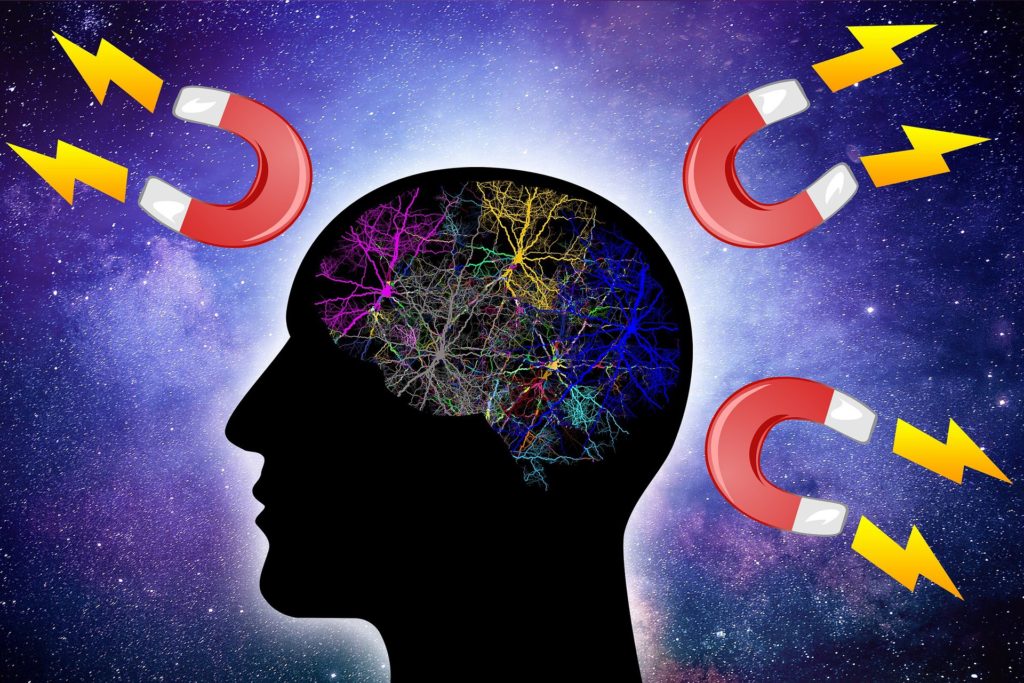
1. Understanding everyday life is a matter of understanding whose story we’re telling.
2. There are two fundamental narratives to what this life is about.
3. The first life narrative is that we are rising beasts who have evolved up out of the Earth.
4. The second life narrative is that we are fallen angels who have descended down out of the heavens.
5. The truth is that we are both rising beasts and fallen angels simultaneously. Both of these narratives are true, but sometimes one more than the other, depending on whose story we’re telling at the time.
6. To put too much value on the rising beast narrative is to occlude the divinity of humanity, leading to egotheism.
7. Egotheism bores the gods because it reminds them of the behaviour of children.
8. To put too much value on the fallen angel narrative is to occlude the lived reality inside the Great Fractal, leading to withdrawal.
9. Withdrawal bores the gods because it reminds them of the behaviour of suicides.
10. The imperative to entertain the gods demands that we balance the higher and lower selves, which both contribute to our experience of reality.
11. The higher and lower selves are balanced on the Great Masculine Axis.
12. The will to indulge the lower self is the same as the Undergoing Will.
13. The will to indulge the higher self is the same as the Overcoming Will.
14. Depending on which part of the Great Fractal one is in, the local environment will be conducive either to indulging the lower self or indulging the higher self.
15. If the local environment is conducive to indulging the lower self, but a person acts from the higher self, they will soon find themselves in an environment conducive to indulging the higher self, as per the Law of Attraction.
16. If the local environment is conducive to indulging the higher self, but a person acts from the lower self, they will soon find themselves in an environment conducive to indulging the lower self, as per the Law of Attraction.
17. Operating too much from the lower self causes the lived experience to become animal-like. The gods are bored by the predictability.
18. The animal experiences significance but he must suffer for it.
19. Operating too much from the higher self causes the lived experience to become ghost-like. The gods are bored by the unreality.
20. The ghost does not suffer but neither does he experience significance.
21. The gods created us to aspire to rise up the Great Masculine Axis, but to struggle to do so on account of our imperfect wills. They derive great amusement from the ensuing struggle.
22. The correct balance is struck by saying Yes to life as much as is possible while always keeping this Yeasaying subordinate to the First Tenet.
23. The Tenets are therefore a home base from which the Great Fractal can be explored in the service of entertaining the gods.
*
This chapter is an excerpt from Elemental Elementalism, the foundational scripture of the new religion of the Age of Aquarius.
*
If you enjoyed reading this essay/article, you can get a compilation of the Best VJMP Essays and Articles of 2020 from Amazon for Kindle or Amazon for CreateSpace (for international readers), or TradeMe (for Kiwis). A compilation of the Best VJMP Essays and Articles of 2019, the Best VJMP Essays and Articles of 2018 and the Best VJMP Essays and Articles of 2017 are also available.
*
If you would like to support our work in other ways, subscribe to our SubscribeStar fund. Even better, buy any one of our books!



